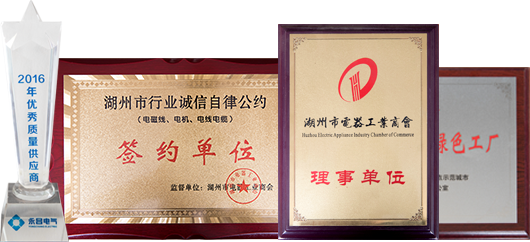Can you explain the significance of the "220 Class" rating and how it affects the wire's performance, particularly in high-temperature environments?
The "220 Class" rating in the context of aluminum winding wire signifies a critical aspect of its thermal performance and suitability for use in high-temperature environments. Let's delve into the significance of the "220 Class" rating and how it affects the wire's performance, especially in situations where elevated temperatures are a concern:
Thermal Class Ratings: Thermal class ratings are standardized classifications that indicate the maximum temperature a wire's insulation can withstand over a prolonged period without experiencing significant degradation of its electrical and mechanical properties. These ratings help manufacturers and engineers select the right materials for applications with specific temperature requirements.
"220 Class" Rating: The "220 Class" rating indicates that the aluminum winding wire is designed to operate continuously at temperatures of up to 220°C (428°F). This rating suggests that the insulation, often composed of various polymer materials, can endure high temperatures without compromising its essential characteristics.
Performance in High-Temperature Environments: The significance of the "220 Class" rating lies in the wire's ability to perform reliably in applications where elevated temperatures are prevalent. In industrial settings, electric motors, transformers, and generators often generate substantial heat during operation. Using a wire with a "220 Class" rating ensures that the insulation can withstand these high temperatures, which is vital for maintaining long-term reliability and electrical performance.
What are the potential cost savings and economic benefits of using 220 Class SWG28-19/AWG27-19 Aluminum Winding Wire compared to other winding wire materials and sizes for specific industrial applications?
Using 220 Class SWG28-19/AWG27-19 Aluminum Winding Wire can offer several potential cost savings and economic benefits compared to other winding wire materials and sizes, depending on the specific industrial applications. Here are some key factors that contribute to these potential cost savings and benefits:
Material Cost Savings: Aluminum is generally less expensive than copper, which is a common alternative for winding wire. Choosing aluminum winding wire can result in direct material cost savings, especially in applications where a significant amount of wire is required.
Weight Savings: Aluminum is significantly lighter than copper. This weight reduction can lead to savings in transportation costs, especially in industries where large quantities of wire are used or where weight is a critical factor, such as aerospace and automotive applications.
Reduced Energy Losses: While aluminum has lower electrical conductivity compared to copper, its use can still result in lower energy losses due to its lighter weight. In applications with long conductor lengths, these energy savings can add up over time.
Thermal Performance: The 220 Class rating of the aluminum winding wire allows it to operate in high-temperature environments without degradation. This can reduce the need for additional cooling systems or temperature mitigation measures, potentially lowering operational costs.



